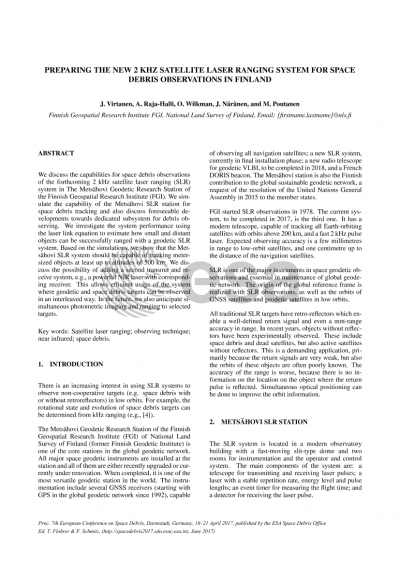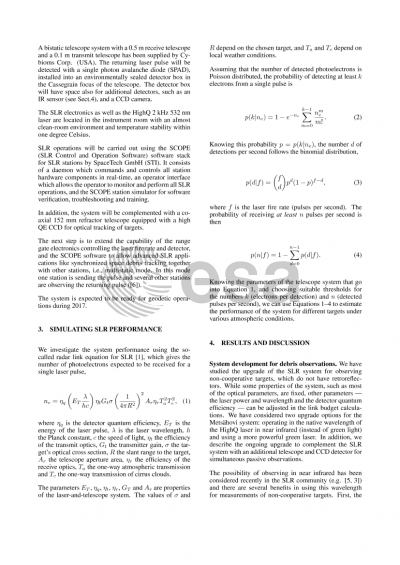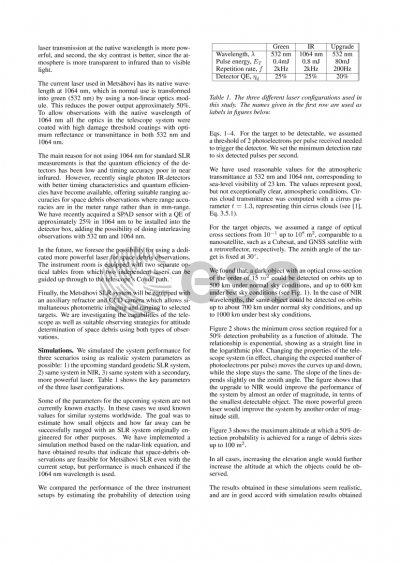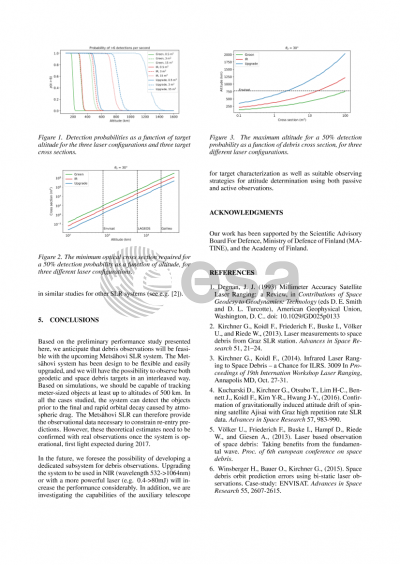Document details
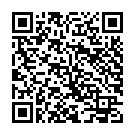
Abstract
We discuss the capabilities of the forthcoming 2 kHz satellite laser ranging (SLR) system in Finland for space debris observations.
Metsähovi Geodetic Research Station of the Finnish Geospatial Research Institute (FGI) of National Land Survey of Finland (former Finnish Geodetic Institute) is one of the Global Geodetic Observation System (GGOS) core sites. Since 2012, FGI has been renewing the instrumentation at Metsähovi, and we are currently in the last phases of establishing a state-of-the-art 2 kHz SLR system in Metsähovi. The new system is designed for tracking geodetic targets with orbits between 200-25000 km during night and day. First light of the system is expected in 2017 and the measurement precision of a few mm in range.
There is an increasing interest in using SLR systems to observe non-cooperative targets (e.g. space debris with or without retroreflectors) in low orbits. For example, the rotational state and evolution of space debris targets can be determined from kHz ranging (Kucharski et al. 2014). Here we simulate the capability of the Metsähovi SLR station for space-debris tracking and also discuss foreseen developments towards dedicated subsystem for debris observing.
First, we investigate the system performance using the laser link equation to estimate, how small and distant objects can be successfully ranged with a geodetic SLR system. Based on the simulations, we show that the Metsähovi SLR system should be capable of tracking meter-sized objects at least up to altitudes of 500 km (Virtanen et al. 2016). We will also estimate the detection rates of the Metsähovi system for both geodetic and debris targets.
Second, we discuss our developments for a dedicated subsystem for debris observing. Metsähovi SLR has been designed with flexibility in system configuration in mind. We have the possibility of adding a second transmit and receive system, e.g., a powerful NIR laser with corresponding receiver, without disrupting the geodetic SLR operations. This allows space for efficient usage of the system where geodetic and space debris targets can be observed in an interleaved way. In addition, the new Metsähovi SLR system includes a dedicated telescope with high QE camera for target imaging. In the future, we anticipate simultaneous photometric imaging and ranging to selected targets.
Acknowledgements. Our work has been supported by the Scientific Advisory Board For Defence, Ministry of Defence of Finland (MATINE), and the Academy of Finland.
REFERENCES
1. Virtanen, J., Näränen, J., Raja-Halli A., Wilkman O., Poutanen, M. (2016). Preparing Metsähovi SLR system for space-debris tracking. Geophysica, in preparation.
2. Kucharski, D., Kirchner, G., Koidl, F., Fan, C., Carman, R., Moore, C., Dmytrotsa, A., Ploner, M., Bianco, G., Medvedskij, M. and Makeyev, A. (2014). Attitude and spin period of space debris Envisat measured by satellite laser ranging. IEEE Transactions on Geoscience and Remote Sensing, 52(12), pp.7651-7657.
Preview
